Breast Cancer Awareness Month, observed during October, presents many opportunities to acknowledge patients and survivors as well as opportunities to remind women to schedule their regular screening. The world lights up in pink, the color of the breast cancer ribbon, and shares messages of support to those affected. With 1 in 8 women estimated to be diagnosed with breast cancer at some point in her life, October reminds us all how important it is to self-examine one’s breasts as well as to schedule a mammogram. However, in the urgent messaging towards women, the men affected by breast cancer are often forgotten.
It is important that men are aware of their risk of developing breast cancer. Many men, and women for that matter, are not aware that breast cancer affects both sexes. However, the truth is that all people are born with breast tissue making every individual susceptible to the disease. Of the men who develop breast cancer, the majority of the cases are infiltrating ductal carcinoma (IDC). IDC means that the cells in or around the ducts begin to invade the surrounding tissue.
Acknowledging that men can be diagnosed with breast cancer is the first step in protecting oneself from the disease. This knowledge allows men to pay attention to changes in the breast or nipple area and to speak to a doctor when identifying such changes. A common warning sign of breast cancer is a lump in the breast, chest, or underarm region. These lumps are often painless but should trigger men’s concern. Other early warning signs include dimpling or puckering of the skin, change in the size of the breast region, changes to the skin texture, an inverted nipple, or even discharge from the nipple. When men identify these warning signs and speak to a doctor, the likelihood of treating cancer at an early stage increases significantly. Treating cancer at an early stage gives all patients a higher chance of survival.
While all men should be monitoring their bodies for unusual changes, some specific men are at an increased risk of breast cancer. In general, men over 60 years old and those with a family history of cancer are at an increased risk for cancer. Overweight and obese men are also at an increased risk. Additionally, researchers have discovered that men with a specific gene mutation are more likely to develop breast cancer than those without it. The BRCA2 gene mutation is an inherited mutation and not only increases the likelihood of breast cancer but other cancers as well.
Throughout Breast Cancer Awareness Month, the public is made aware of the recommended screening processes for women concerning breast cancer. However, since breast cancer is quite rare amongst men, there are no recommended screenings for the average man. This makes it especially important for men to monitor their bodies for changes and speak to a doctor if they have any concerns. Those who have a family history of the BRCA2 gene mutation, breast cancer, ovarian cancer, prostate cancer, or pancreatic cancer may benefit from genetic testing. This testing will determine whether the patient has the BRCA2 gene mutation. If the mutation is found, the patient will work with the medical team to identify any early signs of cancer. This has the possibility of greatly improving patient outcomes for breast cancer as well as many other types of the disease.
Breast cancer continues to be an extremely treatable cancer when found early. AFCR-funded researchers continue to tirelessly work to improve patient outcomes and develop tools to identify cancers early.

